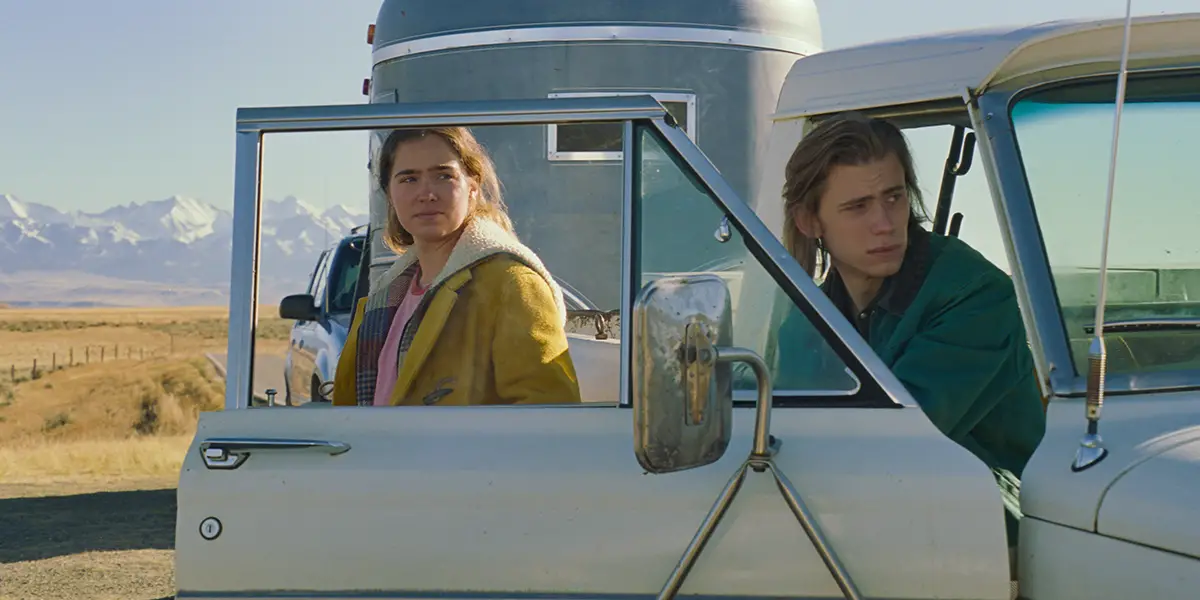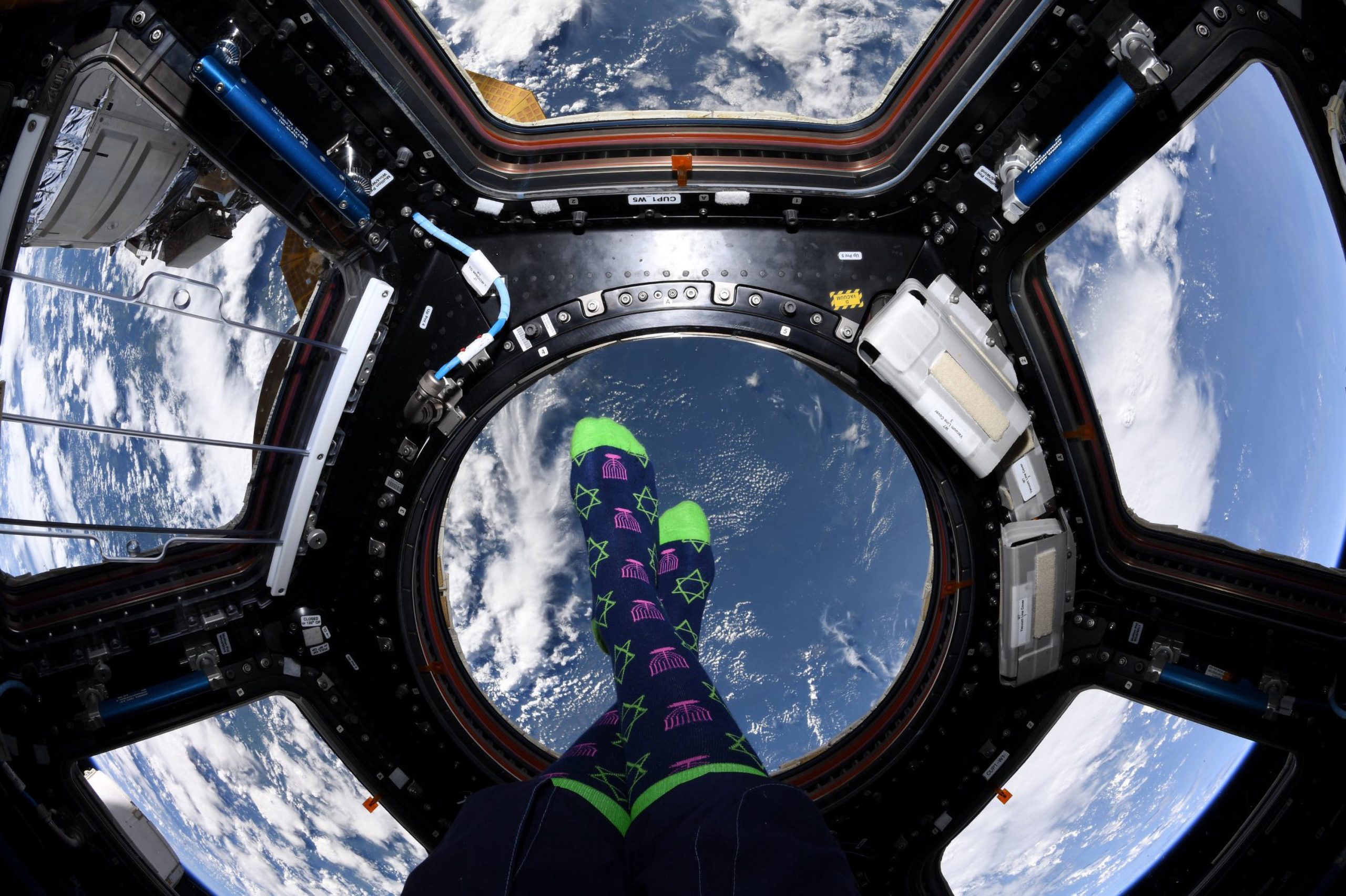
During last year’s TIFF, filmmakers Scott McGehee and David Siegel spoke with Solzy at the Movies about Montana Story.
The neo-Western from McGehee and Siegel sees a pair of siblings, played by Haley Lu Richardson and Owen Teague, return home to the family ranch and confront a family legacy.
After acquiring the film sometime after the Toronto premiere, Bleecker Street is releasing the film today in limited theaters. A theatrical expansion will follow.
How thrilled are you to launch the film during TIFF?
Scott McGehee: Very, very thrilled.
David Siegel: On the scale of thrilled, it’s near a ten.
Scott McGehee: This is our fifth film that we’ve—actually, our first film didn’t launch in Toronto but Toronto was the second festival for our first film. Since then, we’ve had four other premieres here. It feels like a rightful place to be launching a film
David Siegel: We feel very warmly toward the Toronto Film Festival.
What was the genesis for the screenplay?
David Siegel: We had been working on another project that was about to go into prep last March, when the pandemic hit. We tried for several months to get that back on its feet and at a certain point, we realized that wasn’t going to happen. The realities of the pandemic sort of set in. We started noodling on ideas that I think were generated to some degree from the pressures of the time, from the strange things that were happening. We kind of returned to themes and ideas that we’ve talked about for our entire career. That led us kind of to the West. Thinking about the idea of a sibling story came up. I think I was talking to someone. I started a conversation about something entirely different about small acts of courage that changed people or small acts of courage not taken that changed people. It began to lead to story ideas.
Scott McGehee: The movie we were going to make involved a relationship with a woman and a dog. We had really been enjoying thinking about that human-animal connection. Adding a horse into the mix happened early on and that was part of the process of how things came together.
Haley Lu Richardson and Owen Teague deliver beautiful performances. Can you talk about directing them?
David Siegel: We agree that their performances are beautiful. We’re so proud of both of them.
Scott McGehee: Haley—we had been speaking to about another project over Zoom and so we’d gotten to know her a little bit personally and really liked her and very much admired her as an actor. We thought of her immediately. Owen auditioned for us and we weren’t very familiar with his work. His audition was so strong. We really didn’t seriously consider anyone else once we saw Owen’s audition. He really slipped into Cal’s clothes really easily. It just fit him. Eeven physically, the way we described Cal in the script was sort of Owen, kind of lanky, a little bit cultish. He just sort of is that a little bit. We felt like we had some comfortability with Haley and Owen fit the part so well. Directing them was really about just working through the script with them. They’re supremely talented actors.
David Siegel: We hadn’t met either of them before. They both arrived in Montana and they didn’t know each other. That was the kind of x factor—what is their chemistry going to be like? Are they going to like each other? The other problem—what if they have romantic chemistry on screen? That would be bad. Waiting for them to arrive and start rehearsing was a little bit anxious-making but the rehearsal process was really easy. We all were on the same page really quickly. It was great.
Scott McGehee: They talked about feeling very much like siblings or that they felt very much like siblings early on in meeting. We felt really lucky that way because their dynamic could have been all kinds of things. That’s how it went.
The Montana scenery makes for some beautiful visuals on screen. How long did it take to find the ranch?
Scott McGehee: That’s really funny, actually. We started scouting really early in the process for us. I don’t think we felt the script was finished yet but the calendar we’d given ourselves to complete the film before winter set in was quite tight. We arrived in Montana and started looking at ranches after that.
David Siegel: We had sent a location scout in motion two weeks prior to us arriving in Montana. When we got to Montana for this first scout, we had arrived on a Sunday; we had to leave on Friday. Before we got on the plane on Friday to go back to New York, we had to choose the ranch.
Scott McGehee: We had a really short window. Normally, we’ll spend months worrying about our locations. This was one week—we had to find a location that was that important.
David Siegel: The ranch we chose was the very first ranch we saw. We saw many more ranches after that but the ranch we chose was the very first ranch we saw, which fit our script incredibly like a glove.
What was the most challenging aspect of the production?
David Siegel: The Covid restrictions were challenging. But as we’ve said before, we like working within parameters. It helps generate ideas. We feel like it’s creative. When you have constraints around you, you’re forced to work in a different sort of way. We’re working with our longtime collaborators, production designer Kelly McGehee and cinematographer Giles Nuttgens. There’s a lot of shorthand, a lot of knowledge about how we all think, and constraints were fodder for creative energy. We got hit by some severely bad weather. That was difficult, too. But just in general, I really mean this when I say it—it was just an amazing experience being there. It got very, very hard sometimes, There was always a bit of a wow, we’re very lucky to be here in this place doing this thing.
Did you write the severe weather into the script?
Scott McGehee: We wrote the rain storm. I mean, that was part of the script. That was one bit of the weather that we had to create. We had a really talented art director who very cheaply managed—with parts he bought at the hardware store and a garden hose—to create a rainstorm for us. But even that, he was making it rain and it was so cold that the pipes that were recreating the rainstorm were freezing. He and his team were out there with like torches to keep the rain from turning into sleet. (Laughs) Oh, the weather was really tricky.
David Siegel: The snow that’s in the movie was not planned. Because we started shooting the third week in October, we thought we’re going to beat the winter but we didn’t beat the winter at all. It would go from bitter winter to late fall. (Laughs) It was really all over the place. We did manage to incorporate some of that into—
Scott McGehee: We rearranged some of the schedules so that the reservation section of the movie seems to be in a kind of colder place. We tweaked a couple of lines to refer to that. The wind was very unpredictable but we loved the wind we ended up with in our movie. If we had the budget, I think we would have asked for wind, but instead, we just put up with what we got and luckily got good sound recordings. We had a really talented sound team.
What were the challenges of doing post-production during a pandemic?
David Siegel: We were forced to work virtually with our editor, Isaac Hagy, who we had not worked with before. He was in Los Angeles and we were in our office in New York. We were working with a system called Evercast, which is sort of the go-to system that people are using. Isaac was on a little box, not on a Zoom call, and then we had the movie in real time on a big screen. It actually worked out really, really well.
Scott McGehee: It’s a really intimate relationship with an editor. We’re showing him the raw result of our hard work. We make mistakes and sometimes, the actors aren’t their best, whatever. It’s a very trusting kind of intimate relationship you have with this person as you’re crafting the movie together. We both commented frequently, we felt so close to Isaac. I literally met him yesterday for the first time. It was really a kind of interesting experience. We didn’t feel like we lost something, especially. It was just different.
What are you looking for in a distributor? (This was asked during TIFF, prior to the Bleecker Street acquisition.)
David Siegel: All the usual stuff. (Laughs) The movie’s for sale. We’re trying to get the budget back and hopefully, a little bit of profit for the investors.
Scott McGehee: We shot the film on 35 millimeter film so our dream would be a distributor that would put it out in movie theaters. A theatrical release these days looks very different from what it looked like two years ago so we’re aware of that.
What do you hope people take away from viewing the film?
David Siegel: We went into making this—as I said earlier, the story was generated to some degree from what we felt like we were living through. Of course, not in a didactic way but in terms of the feeling and some of the sort of underlying themes of the movie. We went to Montana with a small group of people that we really loved and met some people that we came to really love, who worked with us, and made something that we hope allows people to see a reflection of something intimate, personal, and relevant about our times that they can take away from.
Bleecker Street will release Montana Story in theaters on May 13, 2022.
Please subscribe to Solzy at the Movies on Substack.







